Following the successful launch of the Oslo FP&A Board, the community gathered in Stockholm at the elegant Spaces, Lilla Nygatan. This was the 12th Stockholm meeting since its first launch in 2016, and it brought together senior finance leaders from Kesko Sweden, Samsung, SEB, Kenvue, & Other Stories, Miele, Scandic Hotels, and Unilever.
The session was co-facilitated by Carl Stiller, Stockholm FP&A Board Ambassador.
Planful made the evening possible as a sponsor, with support from International Workplace Group (IWG) and Novare Interim & Recruitment. Participants shared perspectives on driving analytical transformation, reflecting on both opportunities and barriers.
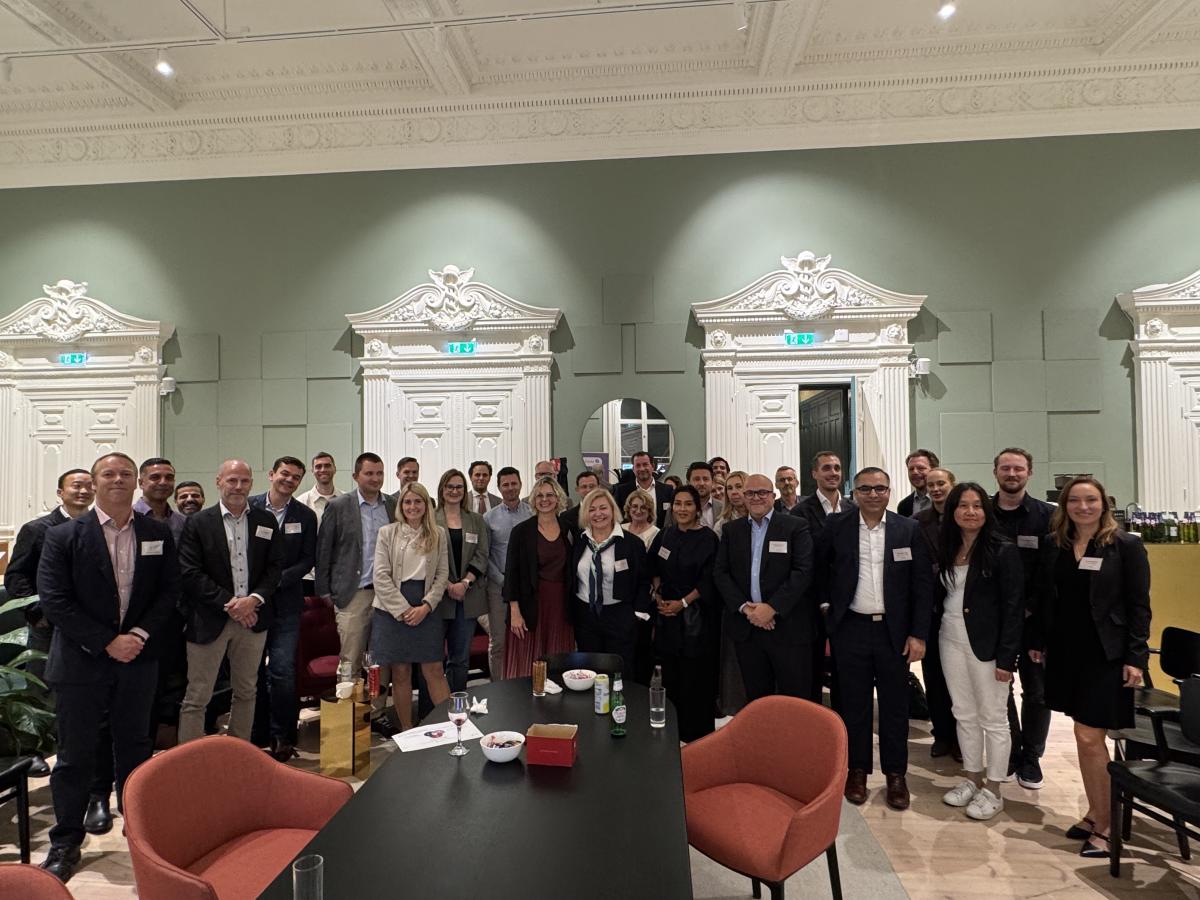
Why This Topic Matters – The Transformation Map
The theme of the Stockholm Board was The FP&A Trends Maturity Model: Your Transformation Map. This framework has been developed through global collaboration, combining insights from 33 FP&A Boards across 19 countries and data from 2,500+ survey respondents.
It provides a structured way to assess six dimensions (Leadership, Skills, Business Partnering, Data & Analytics, Processes, Technology) across five stages of maturity – from Basic to Leading.
The six dimensions of FP&A maturity are:
- Leadership – shaping vision, culture, and strategic alignment
- Skills & Capabilities – building analytical and storytelling competencies
- Business Partnering – influencing decisions and driving collaboration
- Data & Analytics – ensuring quality, governance, and insight generation
- Processes – enabling agility, integration, and standardisation
- Technology – adopting modern platforms, cloud, and AI/ML
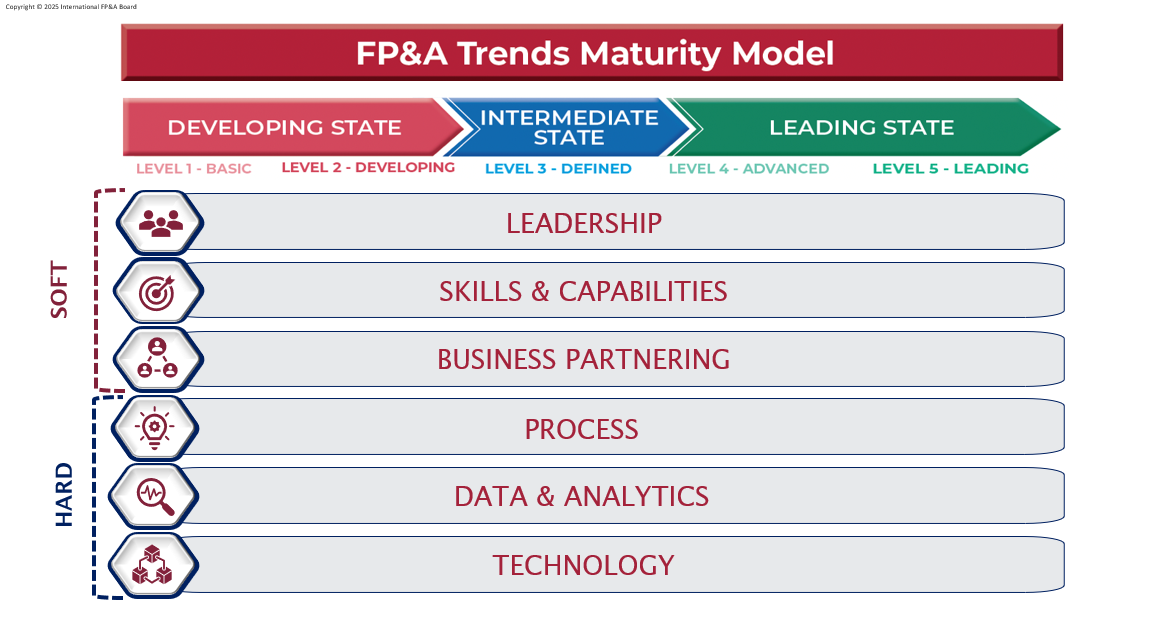
Figure 1
Key Frameworks and Models
Discussions began with the real barriers FP&A teams face: poor data quality, outdated systems, legacy processes, and cultural resistance.
FP&A Trends Maturity Model in Action
The Board reviewed the FP&A Maturity Ladder, showing where organisations currently stand:
Just 11% at the Leading stage
The majority are at the Developing or Defined stages
Significant opportunity for progression through structured change
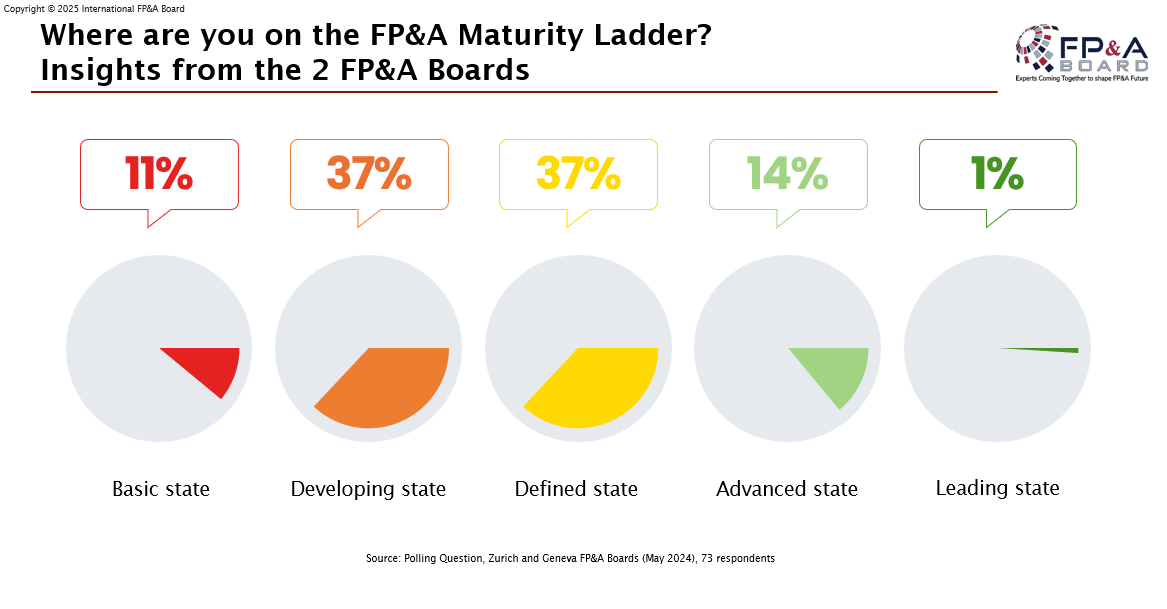
Figure 2
The Accelerating Role of Technology
Modern FP&A transformation relies on driver-based planning, cloud adoption, and the integration of AI/ML. Yet adoption remains uneven:
31% still use only basic driver models
Just 2% have advanced, AI-driven models
Many organisations still underuse cloud and predictive technologies
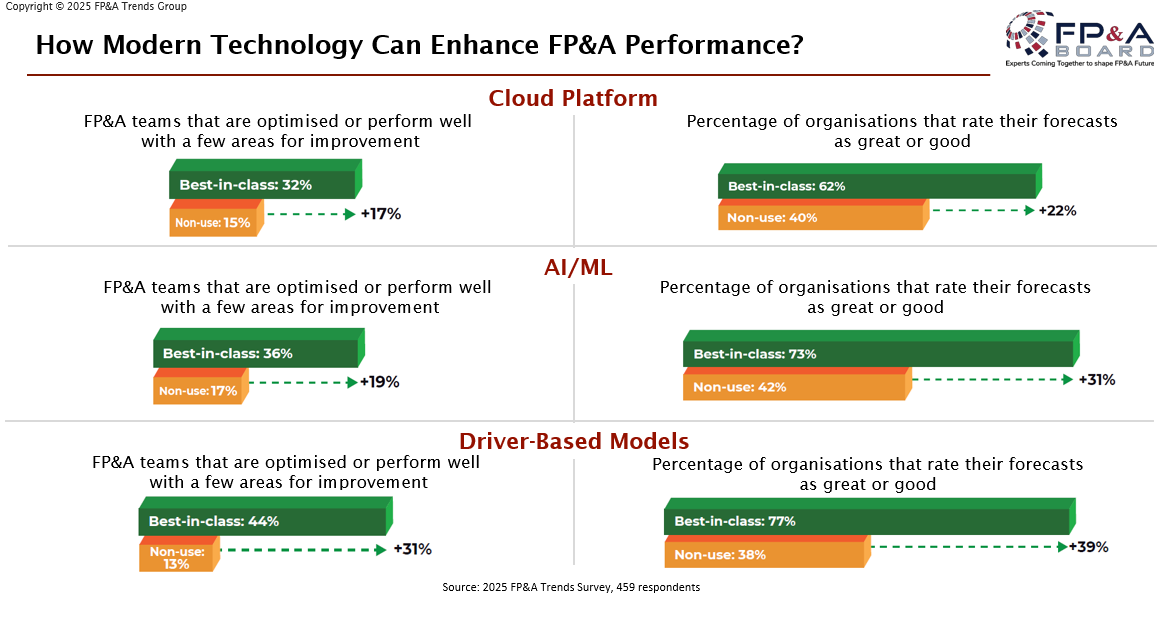
Figure 3
Case Study
A highlight of the Stockholm Board was the presentation by Joao Caldas, FP&A Director Nordics at Miele.
Problem: Fragmented systems and reporting processes are limiting agility
Solution: Streamlined reporting cycles, automation of data flows, and early empowerment of finance talent
Impact: Efficiency gains of 10+ hours per month in recurring processes, stronger business partnering, and a culture of ownership from day one
Group Work Outputs
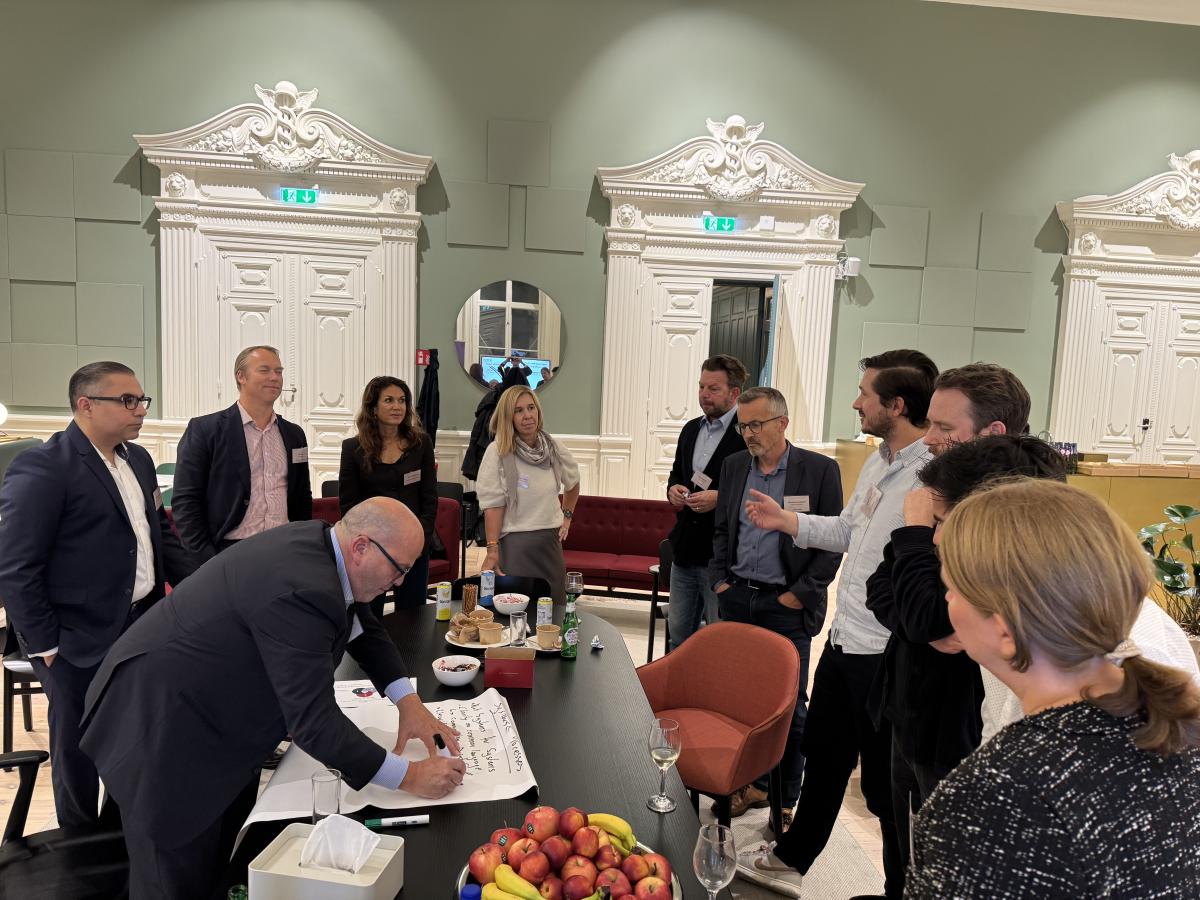
Participants engaged in group discussions focused on moving to the Leading Stage of maturity. The outputs were captured on flipcharts:
Group 1: Data & People
The group focused on how data integrity and human involvement shape transformation. They stressed that poor data quality requires too much human intervention, slowing analysis. The solution lies in automating processes, so finance can shift from fixing data to driving change. Breaking down siloed strategies across departments and fostering leadership commitment to change were seen as enablers of making better decisions beyond finance.
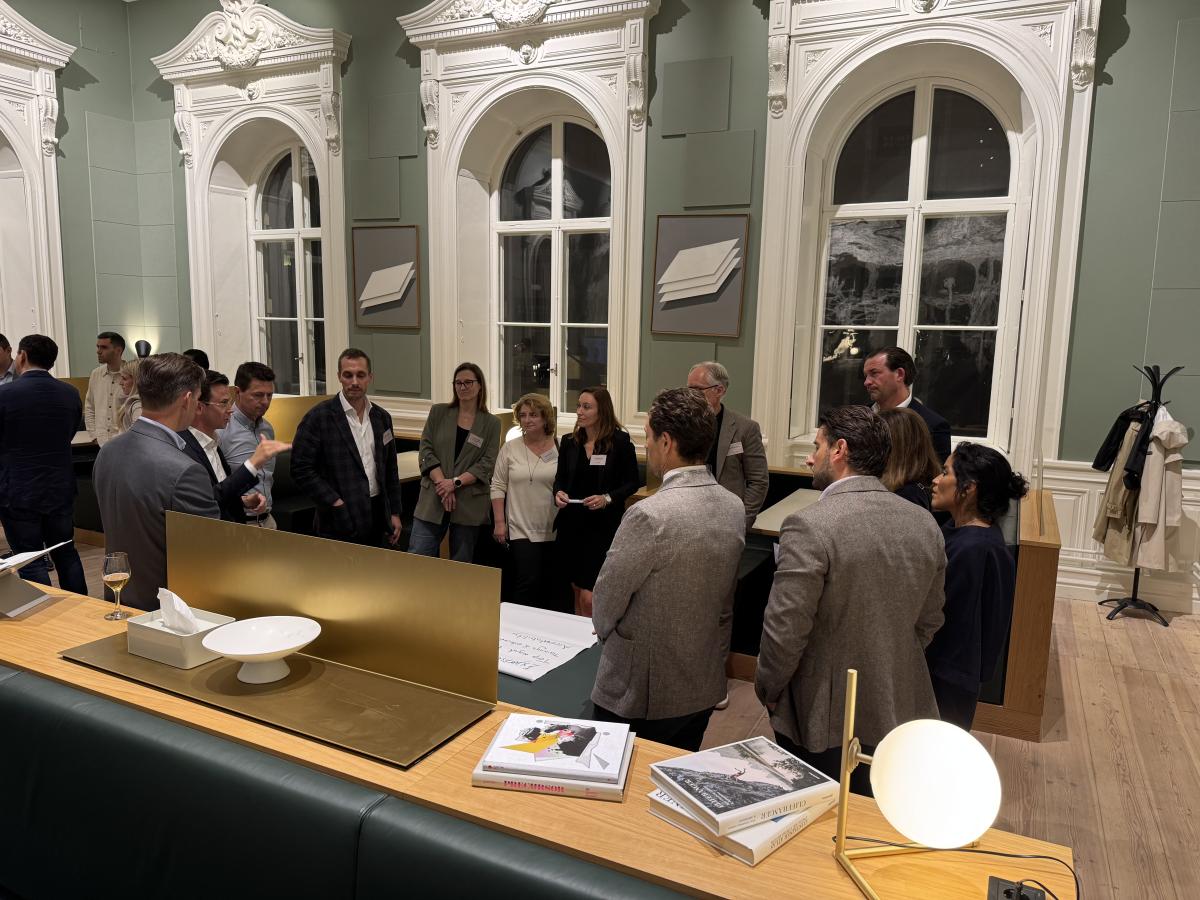
Group 2: Systems & Processes
This group emphasised the importance of system coherence rather than “systems for systems.” A common framework provides clarity and reduces time wasted on fire drills and manual fixes. Effective processes require clear ownership, so that value creation is embedded in the business model. They argued that people must drive processes, not become servants to them. Finance should not be left to patch IT shortcomings; responsibility must be well-defined across all functions.
Group 3: People & Culture
The discussion highlighted that transformation starts with people. Success requires top management buy-in, consistent training and education, and strong accountability. Teams should reduce over-dependence on individuals and build persistence into their culture. A forward-looking mindset was seen as critical, ensuring that transformation is made a priority across all roles, not just within finance.
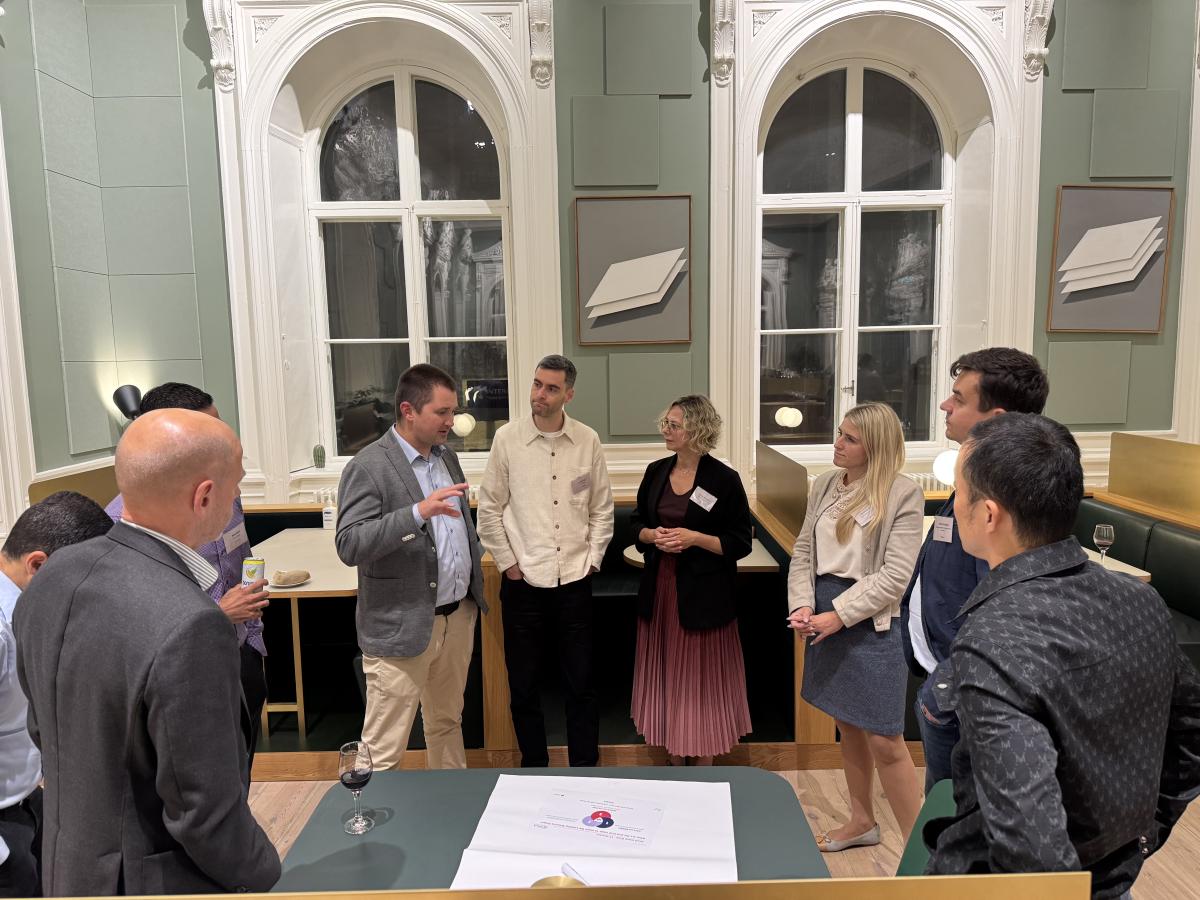 Conclusion
Conclusion
The Stockholm FP&A Board demonstrated that transformation is both a technical and a human journey.
The Maturity Model provided a clear structure for assessing gaps and setting priorities. The case study from Miele showed that tangible improvements are possible when data, systems, and people are aligned. And the group work reinforced that leadership and culture are as important as tools and technology.
With this session, Stockholm reaffirmed its place as a hub for progressive FP&A practice in the Nordics, contributing to the wider mission of the International FP&A Board: guiding organisations through uncertainty toward analytical excellence.
Structured pathways. Real-world examples. Shared transformation.

